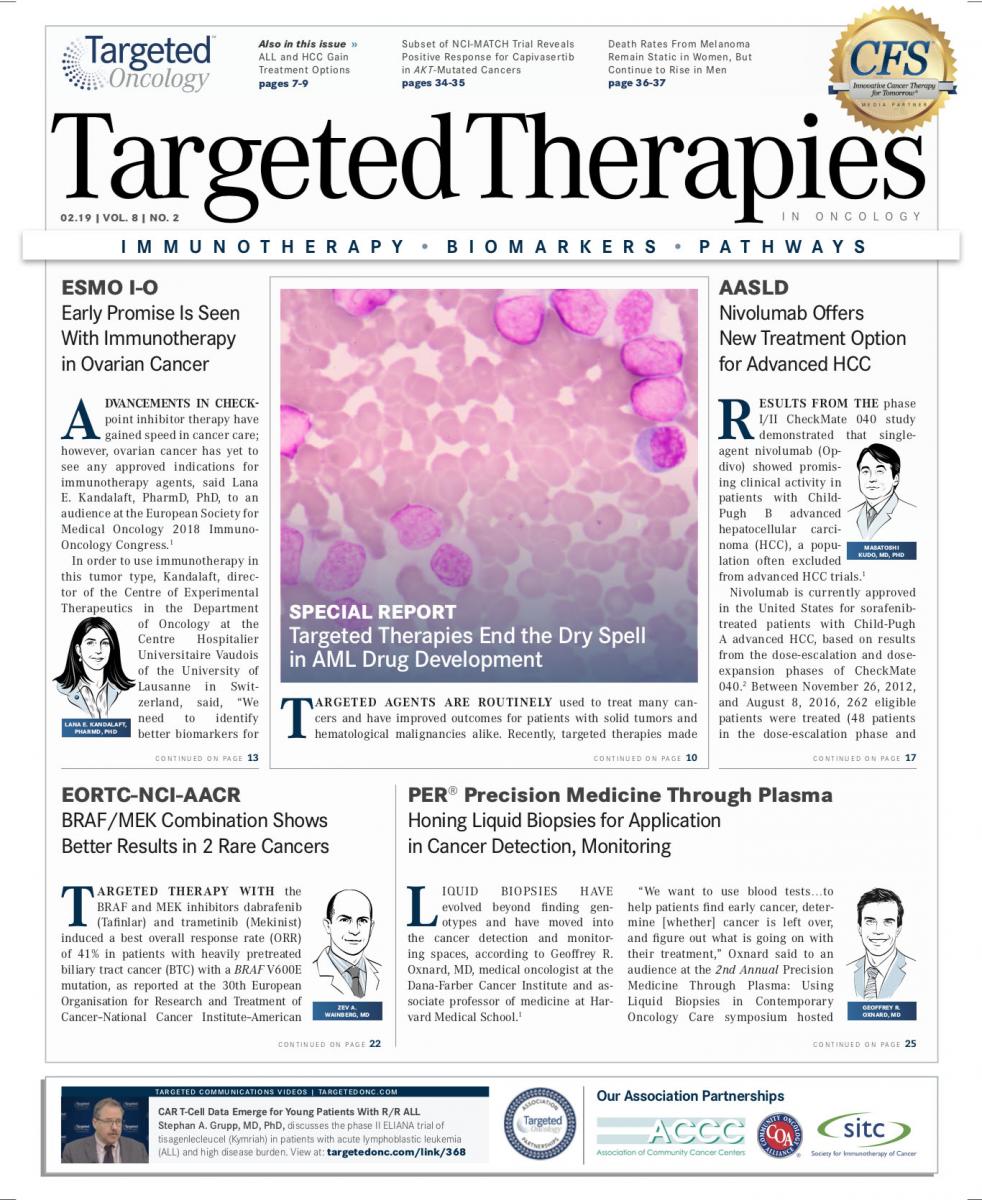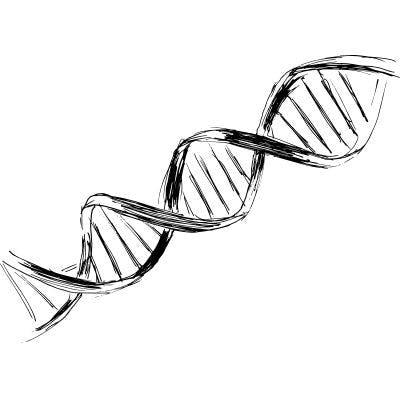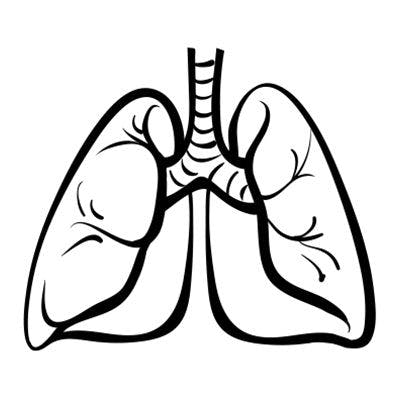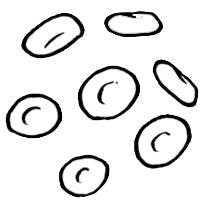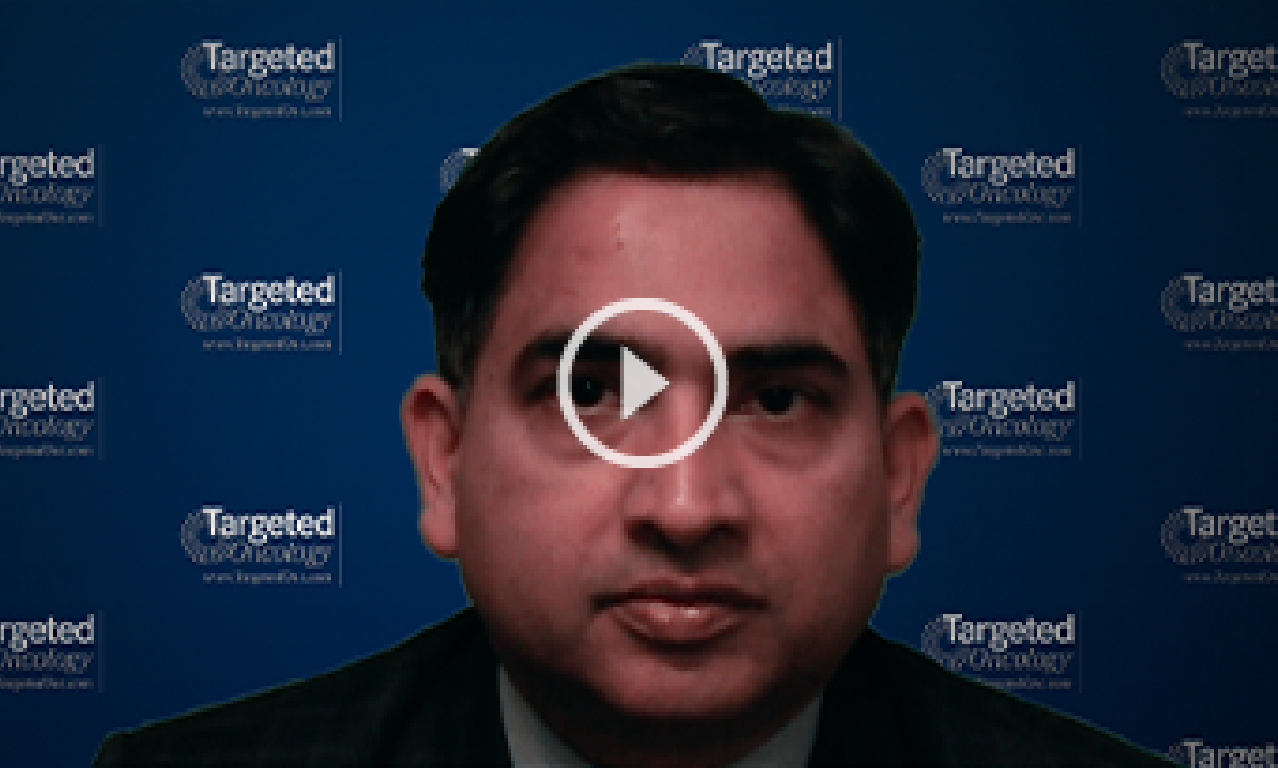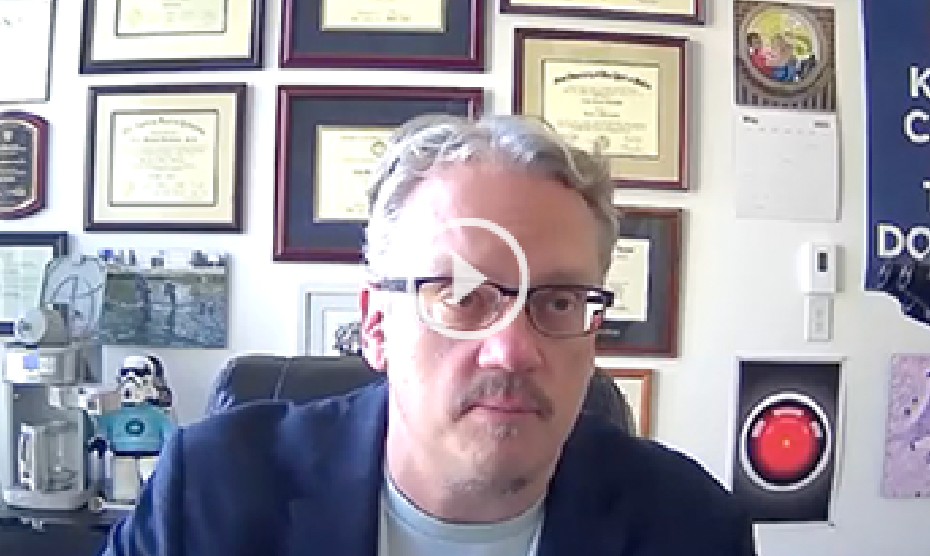Researchers Look to CAR T-Cell Therapy as Immunotherapy Outcomes Diminish in Glioblastoma
Despite encouraging results in other cancers, the use of immunotherapy to treat glioblastoma, which appeared promising in early-phase trials, has not panned out as well in larger, phase III trials. However, researchers continue to search and are optimistic about immunotherapy’s prospects.
Michael Weller, MD
Despite encouraging results in other cancers, the use of immunotherapy to treat glioblastoma, which appeared promising in early-phase trials, has not panned out as well in larger, phase III trials. “[In 2018,] immunotherapy did not have a good year in glioblastoma,” Michael Weller, MD, said during his presentation at the European Society for Medical Oncology 2018 Immuno-Oncology Congress, held in Geneva, Switzerland.1However, researchers continue to search and are optimistic about immunotherapy’s prospects as an effective option for one of the hardest cancers to treat.
Investigators also are exploring the emerging role of chimeric antigen receptor (CAR)engineered T-cell therapy. Weller noted that research has focused on IL-13Rα2, epidermal growth factor variant III (EGFRvIII), and the NKG2D mechanism.
According to Weller, chair of the Brain Tumor Center and director of the Department of Neurology at University Hospital Zurich in Switzerland, Brown et al2described a patient who received multiple infusions of CAR T cells over the course of 220 days via infusions to the tumor cavity and the ventricular system. The CAR T-cell therapy targeted IL13Rα2, which, according to Weller, is not a classic cancer antigen but is overexpressed in glioblastoma.
The investigators observed regression of all intracranial and spinal tumors after CAR T-cell treatment was completed. This clinical response continued for 7.5 months after the therapy was initiated.
Targeting EGFRvIII has not met with similar success, Weller continued. The mutation is the result of tumor specific gene rearrangement that occurs in about 30% of patients with glioblastoma, leading to a mutated protein that is tumor specific and not expressed in normal human tissues.
Researchers constructed a lentiviral vector that contains a CAR that recognizes the EGFRvIII tumor antigen. A truncated EGFR gene that lacks the ligand-binding domain and cytoplasmic kinase domain of wild-type EGFR is incorporated into the CAR vector and used for in vivo tracking and ablation of CAR T cells. This pilot study (NCT02844062) will determine the safety and efficacy of autologous anti-EGFRvIII CAR T cells in patients with recurrent glioblastoma.3
Weller was encouraged by early results involving the NKG2D mechanism, which signals expressions for ligands of the NKG2D gene. “Tumor cells express these ligands, virally infected cells express these ligands, but this is a CAR-T cell approach that could be considered agnostic because the antigen is not needed; what is needed is an immune system that recognizes the cells as foreign,” Weller said.
Initially, Weller said, he thought this approach would cause significant toxicity, but it does not. “It works relatively well in our artificial mouse glioma models, and we see some synergy with this CAR T-cell approach with radiation,” he said. “There are 2 mechanisms that we focus on: If we irradiate the glioma cells, the CAR T cells develop higher activity, but we don’t really understand why that occurs. The other mode of action is to irradiate the tumors, which results in better delivery of the CAR T cells. If you irradiate mouse glioma cells, they become more visible to immune cells.”
Turning to immunotherapy research in glioblastoma, Weller cited results from CheckMate 143, noting results from cohort 1, which compared nivolumab (Opdivo) without or with ipilimumab (Yervoy).4
“If you look at overall survival [OS] in this trial, we are between 7 and 10 months,” Weller said. “We also see very short progression-free survival [PFS] rates, so I think we should be very modest when looking at these treatments.” The initial analysis of cohort 1 did not give any signal of activity in the unenriched patient population at first recurrence, but Weller noted significant toxicity: “With the combination of nivolumab and ipilimumab, grade 3/4 adverse events were significant.” These combination treatments were further pursued, Weller said.
Based on these findings, a phase II cohort (cohort 2) had been opened within CheckMate 143 that compared single-agent nivolumab (3 mg/kg), the combination of nivolumab and ipilimumab, and bevacizumab (Avastin; 10 mg/kg) for patients with recurrent glioblastoma. Weller noted that the combination arm was suspended as the trial transitioned to phase III.
The phase III cohort 2 study design involved 369 patients who were stratified by measurable disease at baseline. Eligibility requirements were first recurrence of glioblastoma and prior first-line treatment with at least radiation therapy and temozolomide (Temodar). The nivolumab arm included 116 men (63%), and the bevacizumab arm included 119 men (64.3%); the median age was 55.5 and 55.0 years, respectively.
Forty-eight patients (26.1%) exhibited tumor PD-L1 expression ≥1% in the nivolumab arm and 35 patients (18.9%) in the bevacizumab arm. Fifty-eight percent (107/185) of patients exhibted tumor PD-L1 expression <1% in the nivolumab arm and 114 patients (61.6%) in the bevacizumab arm. “That means you cannot assume that the treatment would work on tumors that express PD-L1,” Weller said. He emphasized that clinicians should focus on the effect of steroids, which he said could interfere with immunotherapy’s effects.
Additionally, patients who received nivolumab had a median overall duration of treatment of 2.3 months (range, 0-26.3). “For a treatment that looks at activating the immune system, it’s not enough,” said Weller.
Bevacizumab had a median PFS of 3.5 months (range, 2.9-4.6) compared with nivolumab at 1.5 months (range, 1.5-1.6; HR, 1.97; 95% CI, 1.57-2.48; P <.0001). OS revealed no significant difference between the 2 treatments, with the median OS for bevacizumab reported at 10.0 months (range, 9.0-11.8) and nivolumab at 9.8 months (range, 8.2-11.8; HR, 1.04; 95% CI, 0.83- 1.30; P = .76). “If you are an optimist, you say that you are comparing 2 effective drugs; if you are a pessimist, you say you are comparing 2 ineffective drugs. The truth is somewhere in between,” Weller said.
Turning to clinical trials with data that are maturing, Weller highlighted CheckMate 498 and 548. CheckMate 498 (NCT02617589) involves nivolumab or temozolomide in combination with radiation therapy in newly diagnosed patients with MGMT-unmethylated glioblastoma. The primary outcome is OS at 3 years, and the secondary outcomes are PFS and OS, both at 24 months.
CheckMate 548 (NCT02667587) is investigating nivolumab or placebo in combination with radiation therapy and temozolomide in newly diagnosed patients with MGMT-methylated or indeterminate glioblastoma. The primary outcome is OS, defined as time from the date of randomization to the date of death. Secondary outcome measures include PFS, defined as the time from randomization to the date of the first documented tumor progression or death of any cause, and correlation of PFS and OS.
References:
- Weller M. Checkpoint inhibition and CAR-T cells for glioblastoma. Presented at: European Society for Medical Oncology 2018 Immuno- Oncology Congress; December 13-16, 2018; Geneva, Switzerland. oncologypro.esmo.org/Meeting-Resources/ESMO-Immuno-On- cology-Congress-2018/Checkpoint-inhibition-and-CAR-T-cells-for- glioblastoma.
- Brown CE, Alizadeh D, Starr R, et al. Regression of glioblastoma after chi- meric antigen receptor T-cell therapy. N Engl J Med. 2016;375(26):2561- 2569. doi: 10.1056/NEJMoa1610497.
- Pilot Study of Autologous Anti-EGFRvIII CAR T Cells in Recurrent Glio- blastoma Multiforme. clinicaltrials.gov/ct2/show/NCT02844062?term =NCT02844062&rank=1. Updated July 26, 2016. Accessed January 2, 2019.
- Omuro A, Vlahovic G, Lim M, et al. Nivolumab with or without ipilim- umab in patients with recurrent glioblastoma: results from exploratory phase I cohorts of CheckMate 143. Neuro Oncol. 2018;20(5):674-686. doi: 10.1093/neuonc/nox208.
